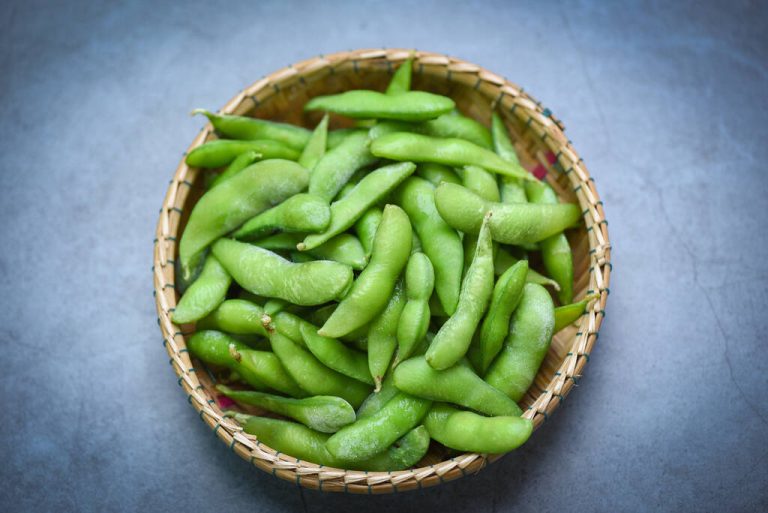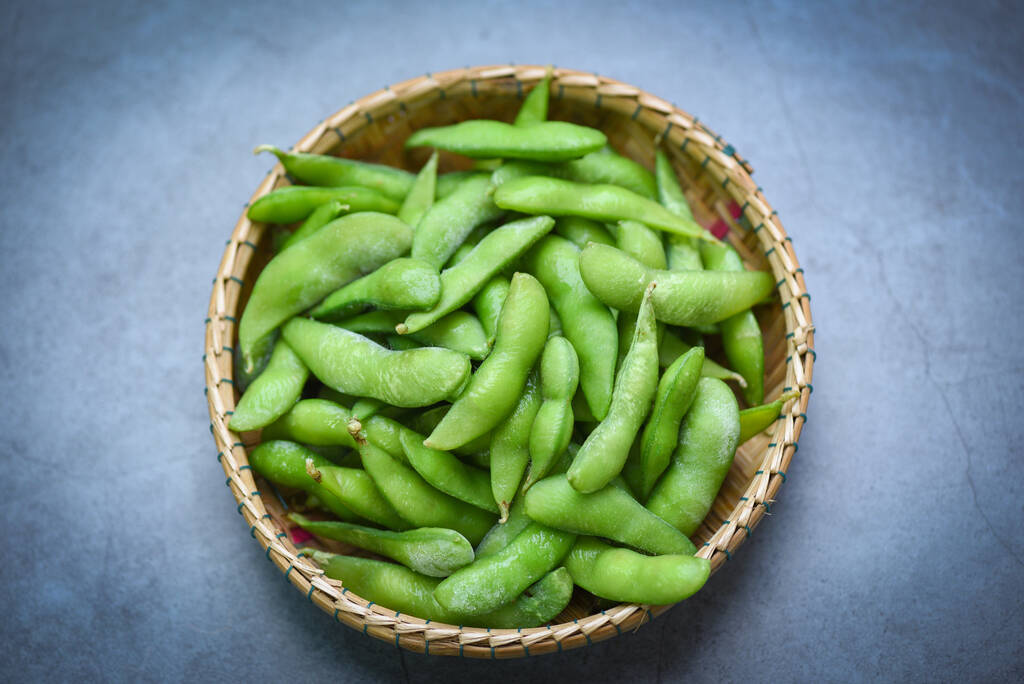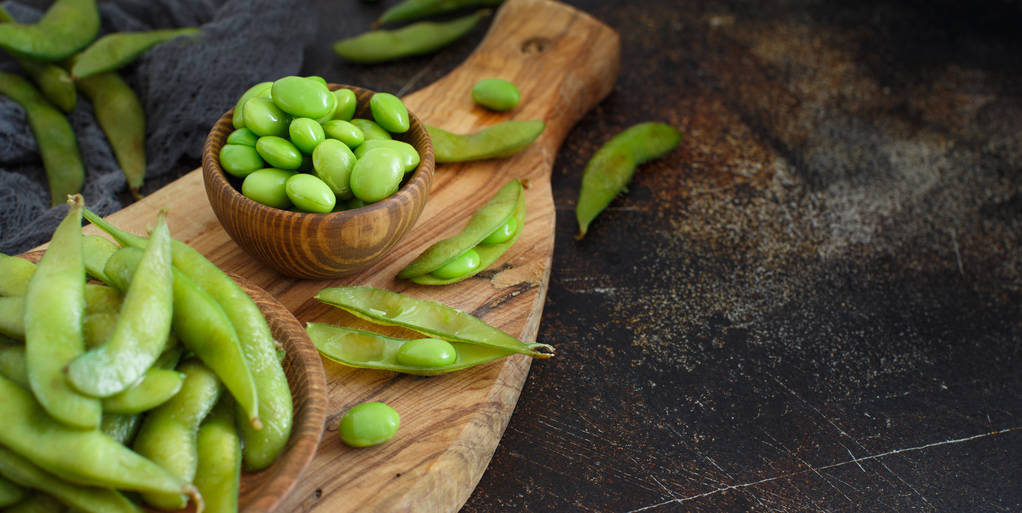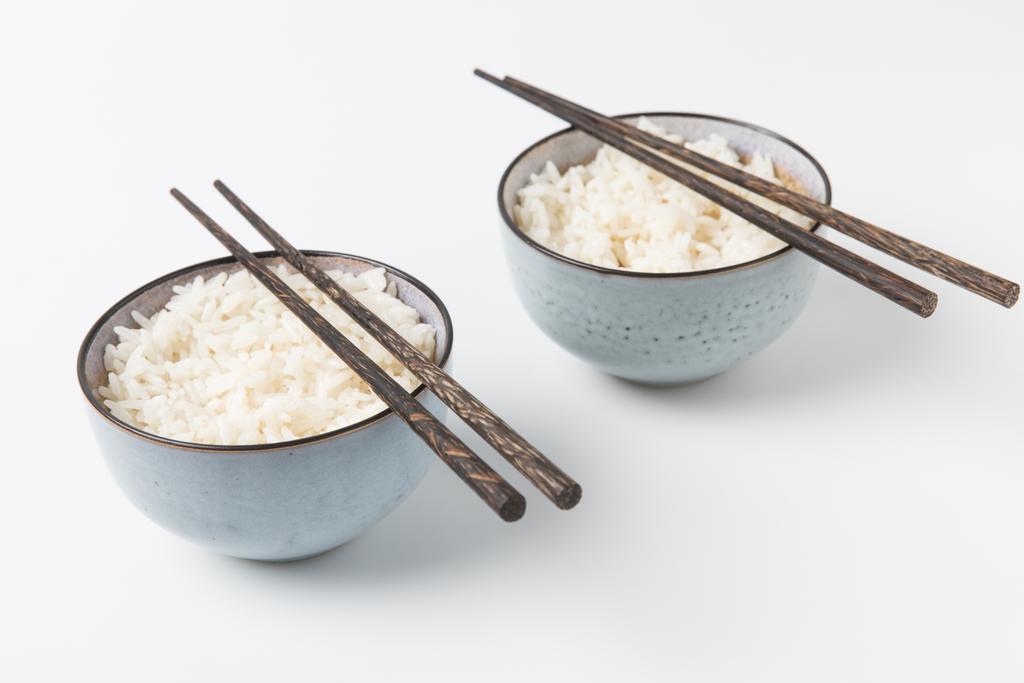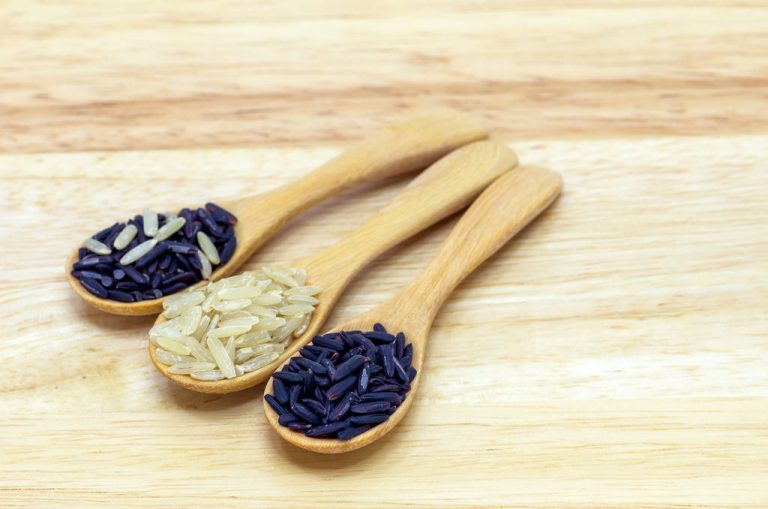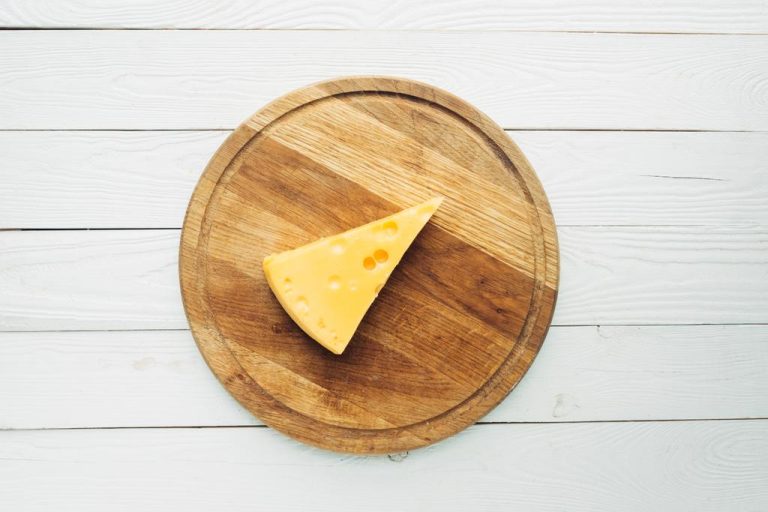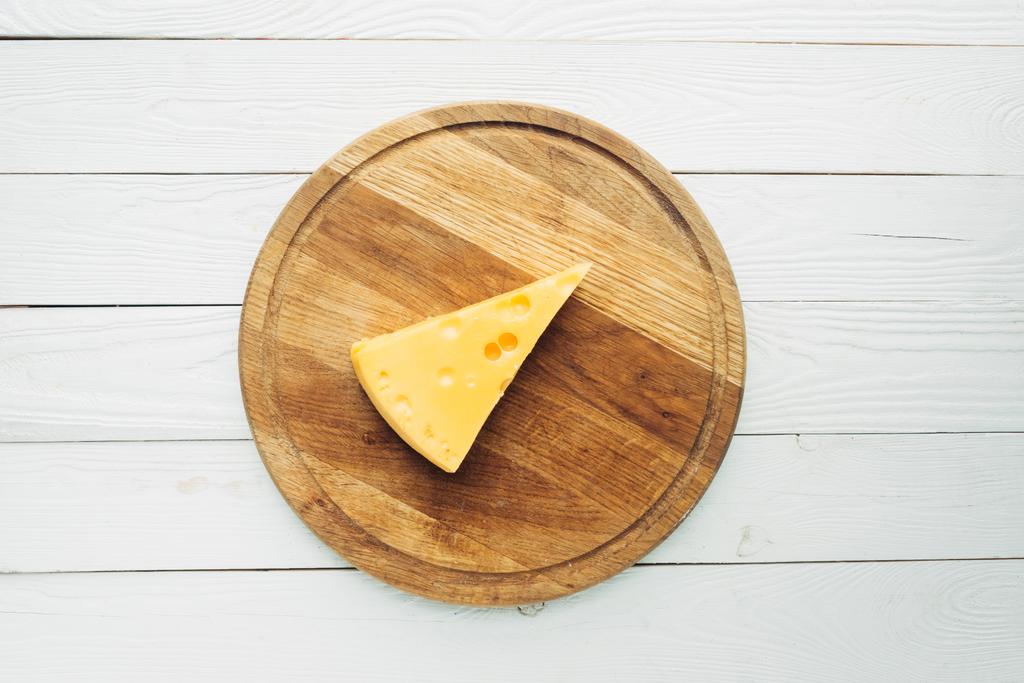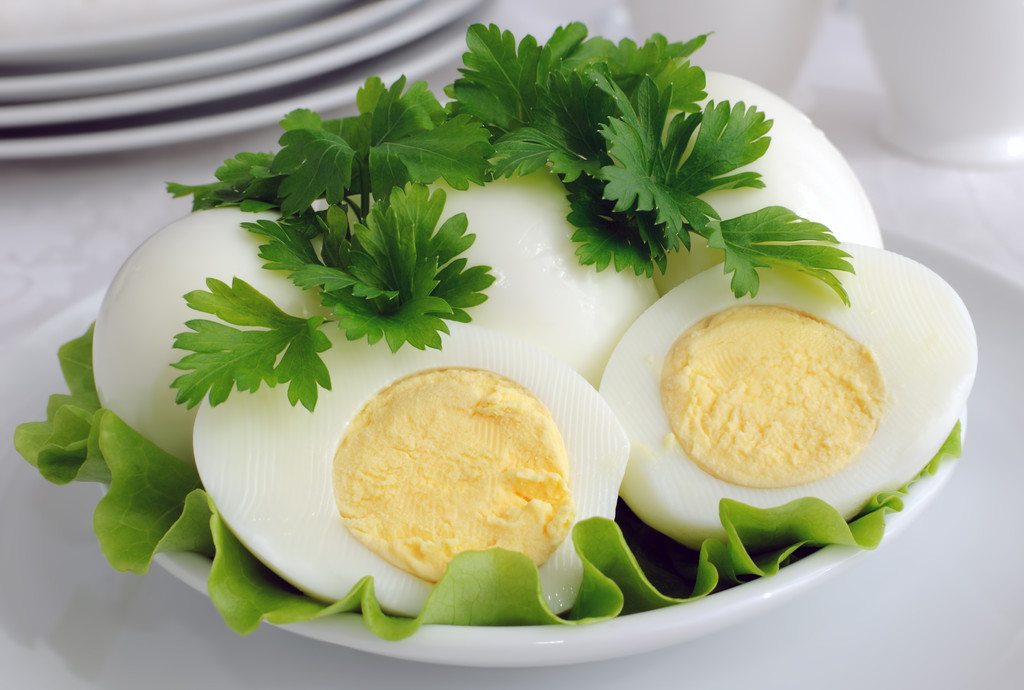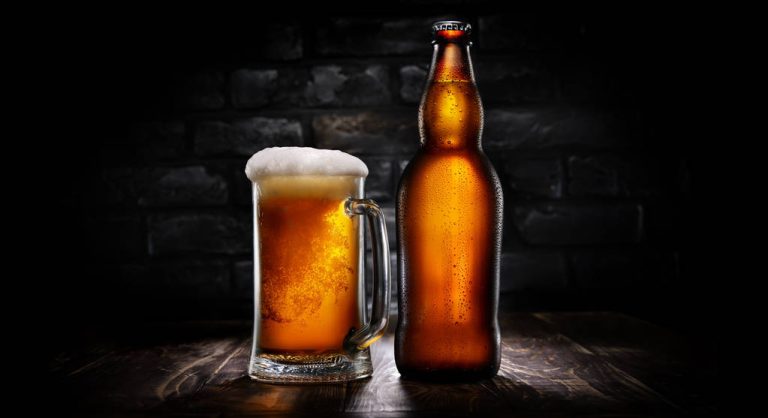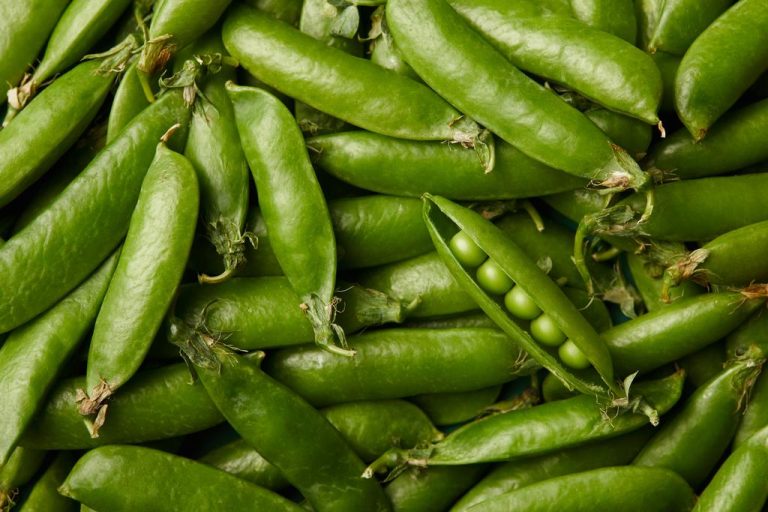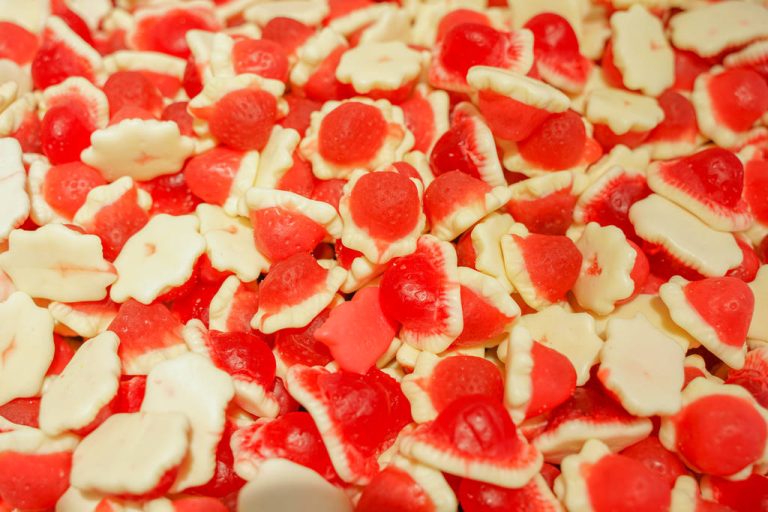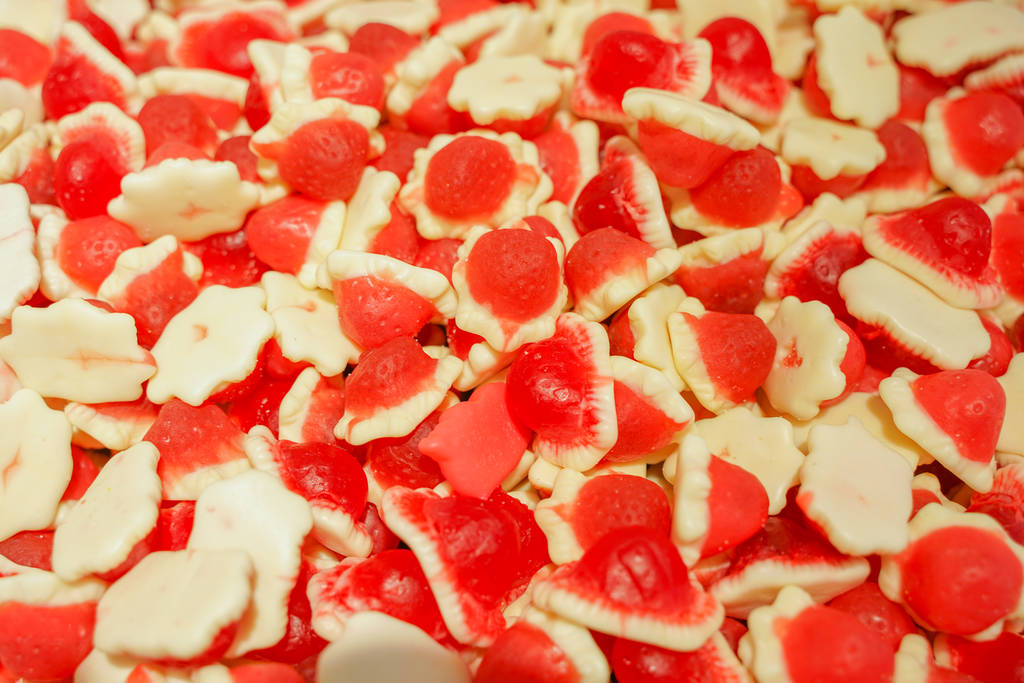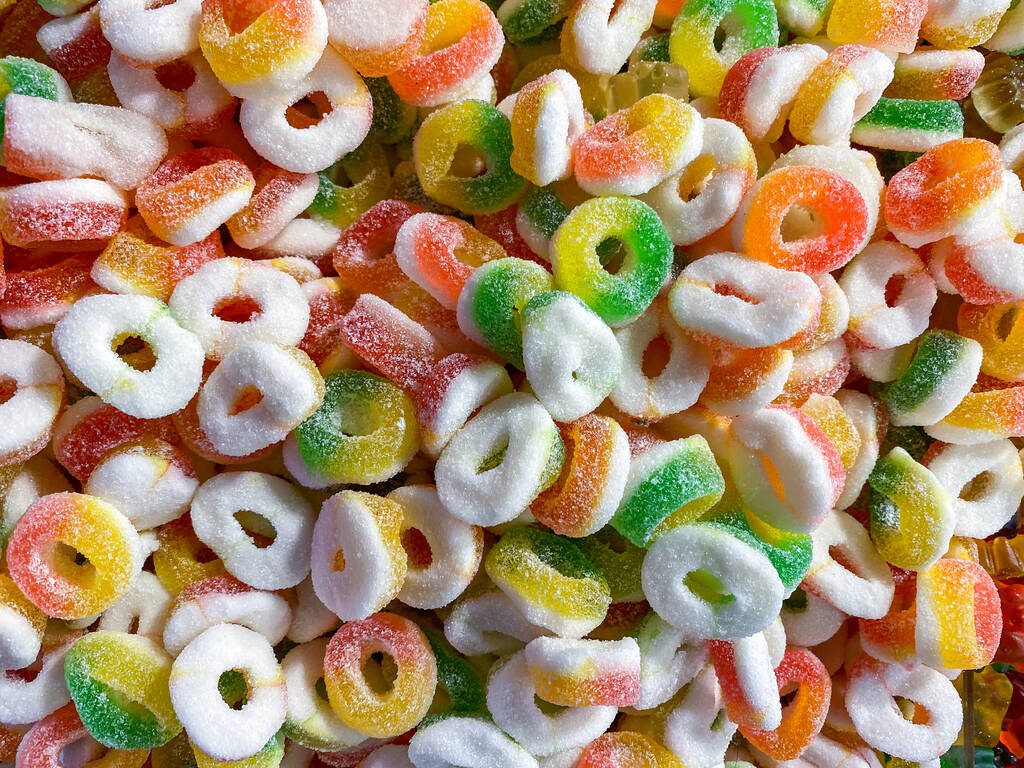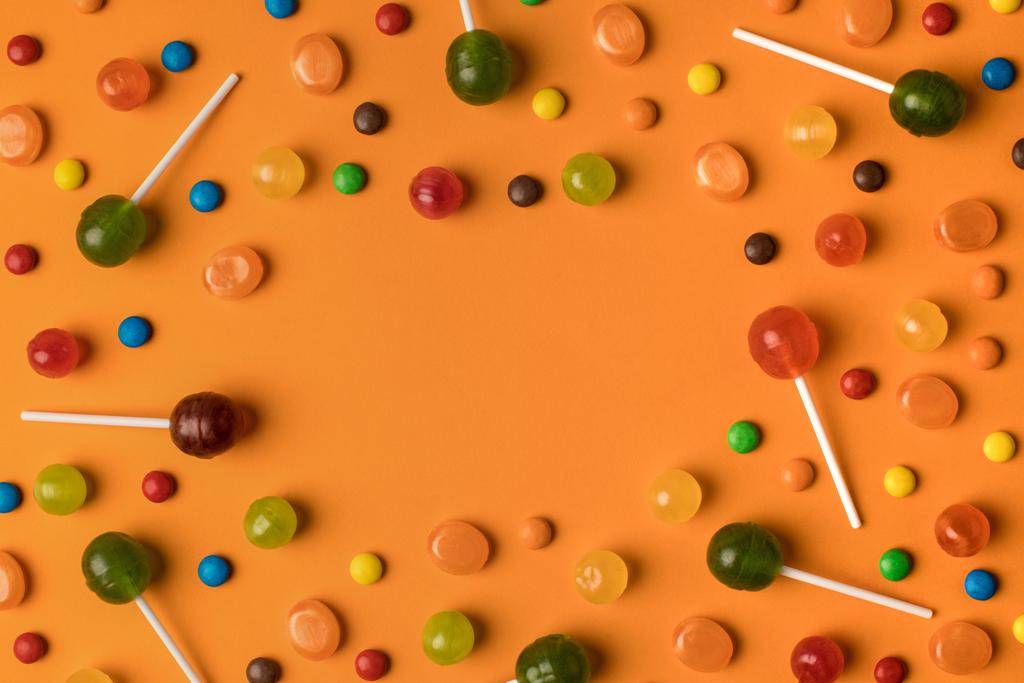You can find red rice products in different forms in stores. They are often advertised as natural dietary supplements. But be careful with the fermented rice.

Red rice
Red rice originally comes from China, where it is used as a natural food coloring and medicinal. Processed into powder form, it gives the traditional Peking duck its reddish color. Red rice is also known as “red mold rice”, “red rice” or “fermented rice” and is now also available in the western world in various forms as a dietary supplement. Among other things, you can buy it as red rice flour in stores.
Despite all the health-promoting effects that the package inserts of red rice preparations promise you, you should be more than careful when consuming it.
Production of red rice
Strictly speaking, red rice is not a real rice variety and should therefore not be confused with red-skinned rice varieties.
Red rice does not get its red color naturally, but through a fermentation process. For its production, ordinary white rice is mixed with special molds that stimulate fermentation. This creates the characteristic color and a substance called Monakolin K. It is this substance that drug experts warn about, as the Pharmazeutische Zeitung reports.
It is true that Monakolin K is a natural substance, which explains why products to which it is added can be called “natural dietary supplements”.
It is by no means harmless: Monakolin K is one of the so-called statins. As such, it is almost identical to the lovastatin available in our pharmacies – a prescription drug for high cholesterol levels.
Red rice and its health effects
Statins like lovastatin and monacolin K can cause various side effects. It is true that they can counteract high cholesterol levels. However, a distinction needs to be made here:
First of all, an elevated cholesterol level is not automatically harmful to health. The key here is to differentiate between “good” HDL cholesterol and “bad” LDL cholesterol. Only the latter can lead to long-term problems such as vascular calcification and circulatory disorders if the level is elevated.
Statins, such as those found in red rice, can have significant side effects and should only be used in consultation with a doctor if there is a diagnosis of abnormally high cholesterol, and never for prevention.
For example, statins can cause muscle pain and cramps, trigger sleep disorders and even depression and cause blood sugar to rise, as reported by the Apothekenumschau. As with all medicines, interactions with other substances can also occur.
Red Rice Dietary Supplement
Eaten occasionally as a rice dish, the red rice should not pose any risk to your health. However, it also has no advantages over normal rice. The Federal Institute for Drugs, on the other hand, strongly advises against using it as a dietary supplement. Together with the Federal Office for Consumer Protection and Food Safety, the experts warn in particular against daily doses that exceed 5 milligrams of monacolin K. Red rice supplements are particularly dangerous because they contain the substance in a concentrated form.

Natural remedies with risks
The danger of using red rice is not only the actual side effects, but also the lack of awareness of many people about its composition and effects. Just because you are dealing with a natural and freely available agent does not mean that it can have some serious side effects like a comparable pharmaceutical.
In the case of a pathologically high cholesterol level, you should therefore thoroughly reconsider self-therapy with red rice products. It is better to look for the causes with your doctor and to work out a treatment that is especially suitable for you.
To prevent high cholesterol levels, there are more effective foods that lower cholesterol levels without any harmful side effects.


